If you’re thinking about replacing your family car with a greener, more flexible option, a cargo e-bike might be exactly what you need. But before you buy, there’s one big decision to make:
💡 Front loading or rear loading?
Also known as “Front Loaders vs. Longtails”, these two types of cargo bikes serve the same purpose—carrying people, pets, or groceries—but in very different ways. The right one for you depends on how you ride, who you carry, and what feels natural on the road.
What Are Front Loaders and Longtails?
Front Loaders (a.k.a. Bakfiets or Box Bikes)

A front loading cargo bike places the load in a large box or platform between the handlebars and the front wheel. You can easily see your kids or cargo as you ride.
- Often called Bakfiets (Dutch for “box bike”).
- Available in 2-wheel or 3-wheel designs.
- Many use a cargo bike belt drive instead of a chain for smoother, low-maintenance performance. 👉 Discover more maintenance tips for your cargo bike here: Cargo Bike Maintenance Guide
- Some allow you to add accessories like a cargo bike seat cushion or weather cover for all-season use.
Riding Experience:
Feels like steering a long canoe at first, but once you get used to it, it’s smooth and stable—especially with an electric assist motor. Parents love the eye contact with kids and the sense of control.
Example:
In Amsterdam, families often use front loaders for school runs. A local mom described it as “the carpool lane on two wheels”—she can chat with her kids while navigating narrow bike lanes.

Rear Loaders (Longtails)

A rear loading cargo bike, or Longtail, extends the rear frame to fit passengers or cargo behind the rider. Think of it as a compact bike with an extra-long tail.
- Often called longtail cargo bikes.
- They’re lighter and easier to store than front loaders.
- Great for carrying one or two kids, groceries, or even your partner.
- Most models support cargo bike rack and cargo bike frame kit add-ons for flexibility.
Riding Experience:
Feels like a regular bike—agile and quick. Perfect if you ride in busy traffic or need to switch between city streets and bike paths.
Example:
One rider from Copenhagen shared that switching to a longtail “felt natural, like my old city bike—but with space for my son and our weekend gear.”
Front Loaders vs. Longtails: Quick Comparison
| Feature | Front Loader (Bakfiets) | Rear Loader (Longtail) |
|---|---|---|
| Rider View | Cargo/kids/pets in front (visible) | Cargo/kids/pets behind |
| Bike Length | Longer (up to 2.6 m) | Shorter (around 2 m) |
| Weight | Heavier, especially with box | Lighter and more nimble |
| Handling | Takes time to adapt | Feels like a regular bike |
| Storage Space | Large front box | Smaller panniers or rear platform |
| Child Comfort | More space, weather protection possible(usually with rain cover) | Closer seating, more upright |
| City Maneuverability | Less agile in tight spaces | Excellent for narrow lanes |
| Ideal For | Families with multiple kids, pets, or large loads | Daily commuters, smaller families |
How to Choose: 8 Questions to Help You Decide
-
How many passengers will you carry most often?
If it’s two or more children or bulky cargo—go for a front loader. For one passenger or lighter loads, a longtail is more practical. -
Do you need to see your kids while riding?
Choose a front load e cargo bike for direct visibility and peace of mind. -
Where will you store your bike?
Front loaders can be long and tricky to park. A rear loader fits in smaller spaces or standard bike racks. -
What kind of terrain do you ride?
If your route includes hills, prioritize a cargo bike electric motor with high torque—both models offer that, but longtails are lighter uphill. -
Are you used to regular biking?
Longtails ride like a standard e-bike, while front loaders need a short learning curve. -
How important is weather protection?
You can add a canopy or box cover on front loaders, ideal for kids in rain or cold. -
Do you plan long-distance rides or vacations?
Longtails are easier to transport by car or train—less bulky and often foldable. -
What’s your budget?
Longtails are generally cheaper due to simpler frames and fewer materials. But front loaders offer more carrying options for the price. 👉 Learn more about real cargo bike pricing in Europe here: Cargo Bike Real Price in Europe.
Real-World Tip: Combine Practicality with Joy
A cargo bike isn’t just transport—it’s part of your lifestyle. Many families in Europe use them for grocery trips, school runs, family outings, or even dog rides. Once you experience that open-air feeling, it’s hard to go back to a car.
Further Reading to Help You Decide
If you’re still comparing your options, these articles offer helpful insights:
- Cargo Bike vs. Regular Bike in Europe
- Reasons for the Rise of Long Tail Cargo Bikes
- Are Cargo Bikes Safe for Kids?
- Is a Cargo Bike Right for Your Family?
Final Thoughts: Start with Your Daily Life
The best cargo bike isn’t the one with the most features—it’s the one that fits your life.
If your rides are short, your kids are small, and your space is tight, a longtail could be ideal.
If you want maximum capacity, all-weather comfort, and a true car replacement, choose a front loader.
And if you’re looking for a model that combines stability, smart design, and everyday flexibility, explore compact cargo pedelecs with belt drives—they’re clean, quiet, and reliable.
Once you know your needs, you can find the cargo bike that keeps your family moving freely—no parking fees, no fuel costs, no stress.

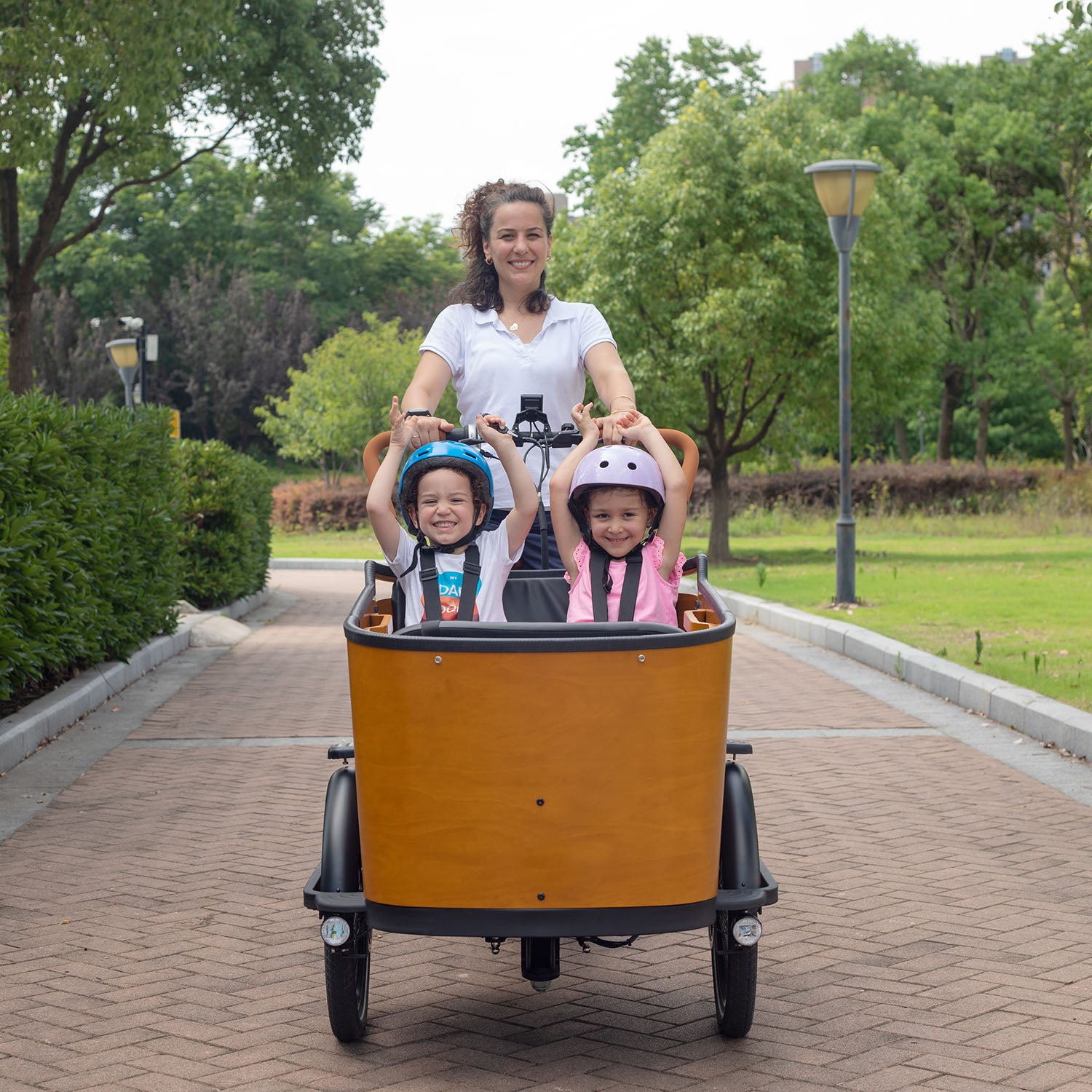

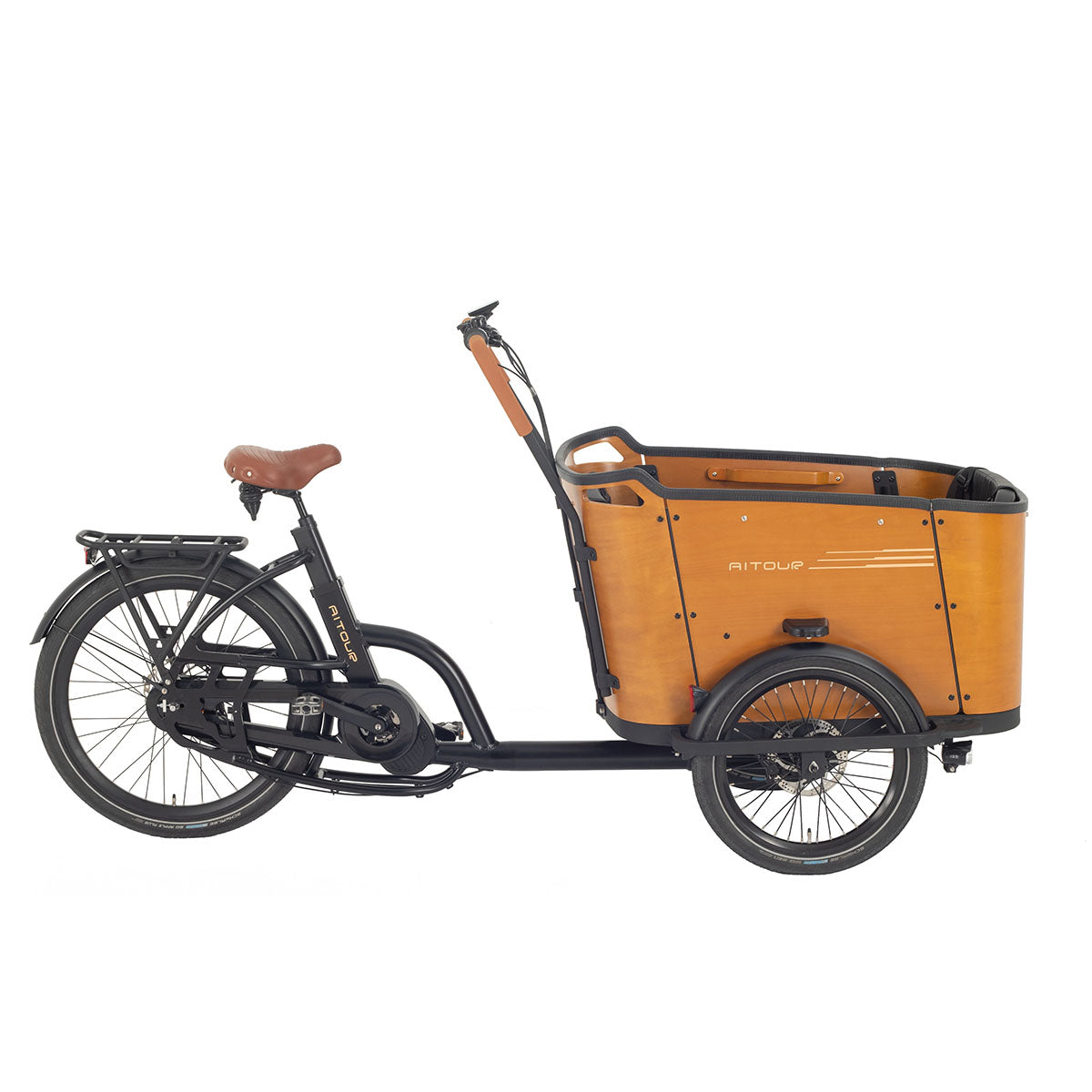
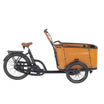
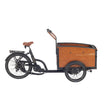
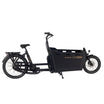
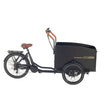

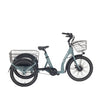


Leave a comment
All comments are moderated before being published.
This site is protected by hCaptcha and the hCaptcha Privacy Policy and Terms of Service apply.